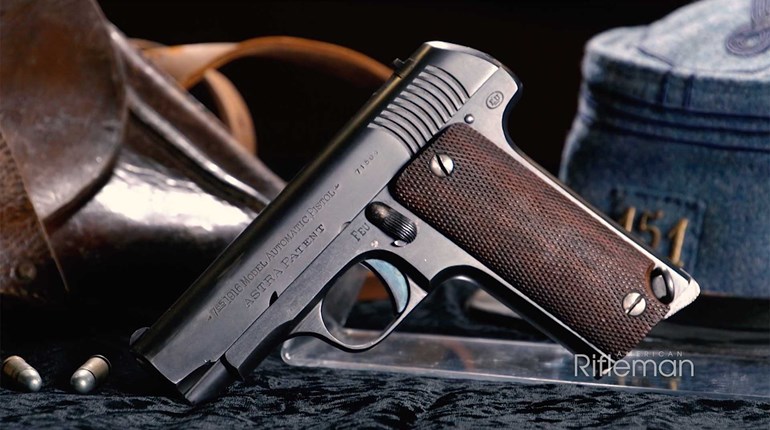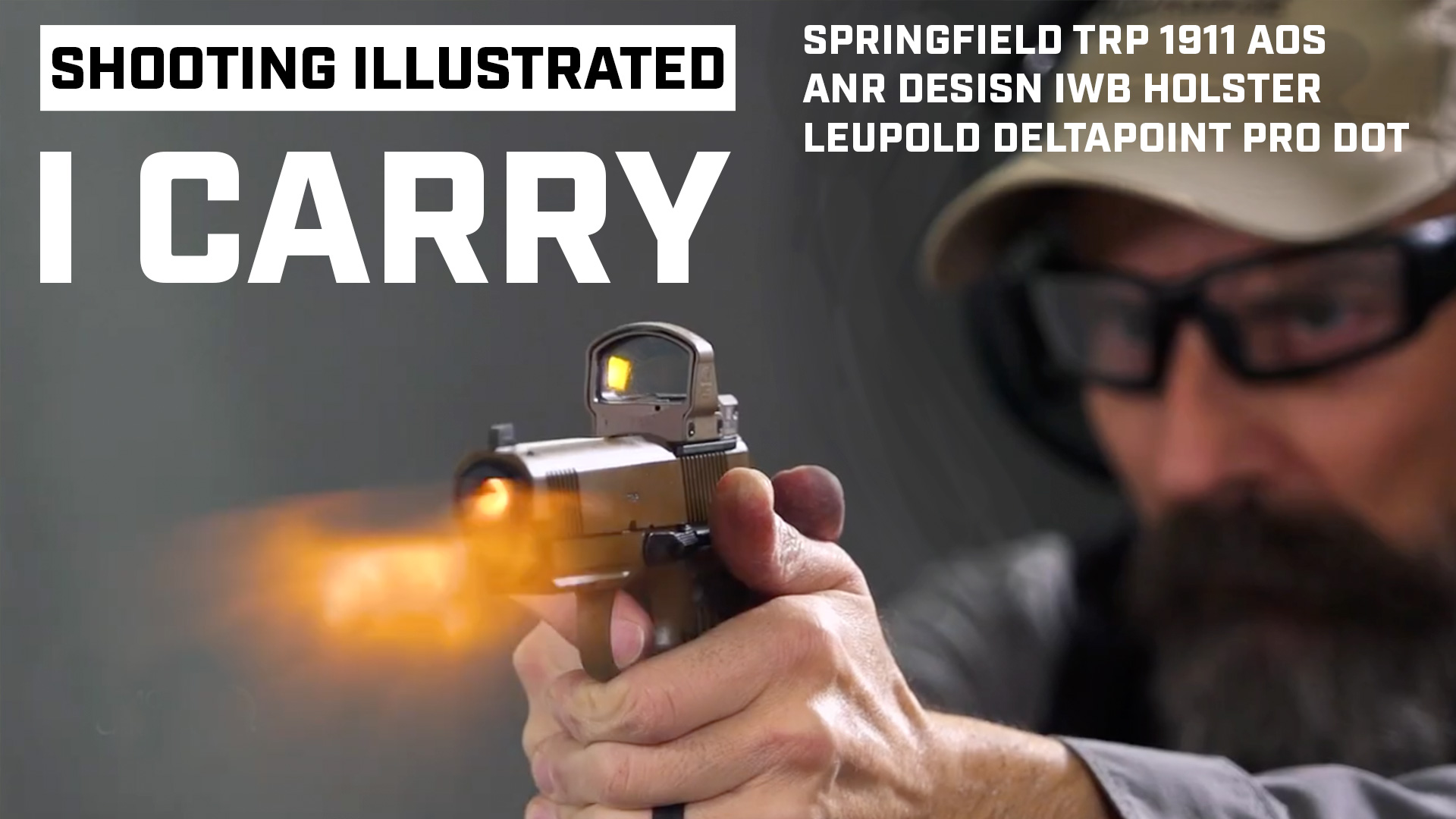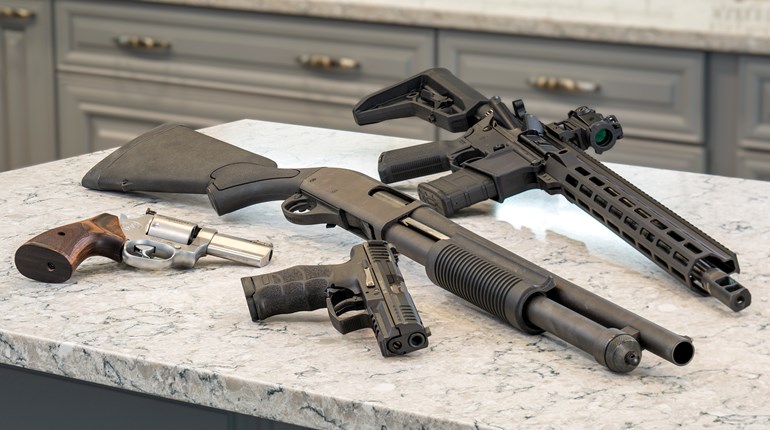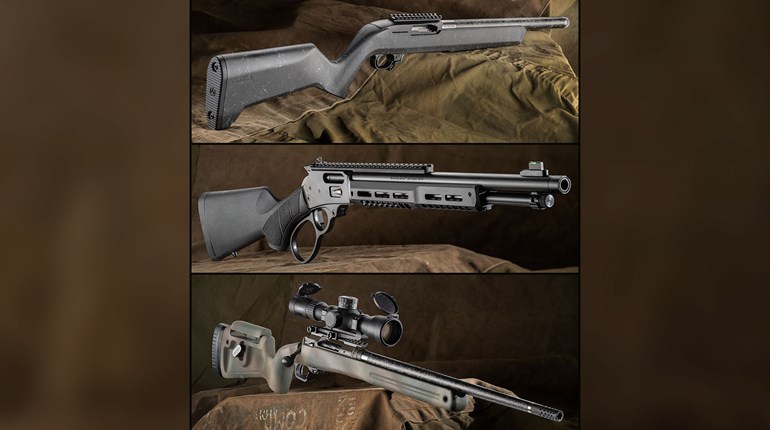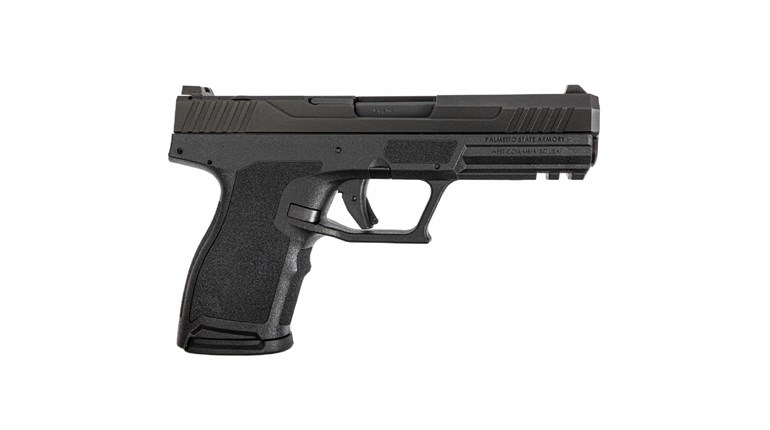
While hardly the first firearm—or even pistol—to employ polymer construction, the Glock G17 certainly popularized the practice and brought it into the mainstream.
At a recent gathering of like-minded friends, the subject of favorite concealed-carry guns arose. As the visitors called out their favorites, I surprisingly found myself seated between two Glock fans, both armed with unnoticeable G17s.
Now, those of you reading the previous paragraph might think the most alarming part of what was recounted was that during this time of COVID restrictions, I actually entertained a gathering of assorted friends for conversation, drinks and cigars. But, if you had read this same passage some 30 years ago, your reaction might be focused on the fact that there was actually a room full of folks with concealed-carry licenses, and not the fact that we were risking infecting the neighborhood with the plague.

In 1986, finding someone with a concealed-carry permit who also didn’t have a law enforcement badge was like drawing a Colorado elk permit 3 years in a row—pretty rare indeed. At that time there were only eight states in the Union that would even consider issuing a permit to carry to a citizen, and one lone state (Vermont) that required no permit to carry whatsoever. Today, thanks to the NRA’s proactive efforts all 50 states allow some form of concealed carry, with twice as many states (16) requiring no permit at all than those that have restrictive-licensing regimes (eight).
The quick and pervasive switch in attitudes came about as Board Members, attorneys and staff from the NRA were able to illuminate for the public the racist and politically biased nature behind most concealed-carry bans in this country. It wasn’t before long, following the legislative lead set by Washington State and Florida, that the tables were turned 180 degrees.
Now, if you’re to draw any conclusions about the straw poll taken on my back porch, you may wish to also know a little about what has become one of the fastest-selling products in history, as well as the man behind the name Glock.
In 1963, Gaston Glock was a successful manufacturer of curtain rods and rings in his native Austria. Today, his name is just as well known as John Moses Browning, Samuel Colt, Horace Smith, Daniel Wesson and William Ruger in the world of firearm development and manufacturing. He is said to have jokingly stated: “In 1980 I didn’t know a pistol from a revolver,” but by 1982 his Glock G17 was chosen to be the standard sidearm of the Austrian Army. In 1984 it was adopted by Norway, the first of 45 export countries to choose the Glock as a standard sidearm. In 1986, a Glock plant in Georgia was turning out handguns for what would soon be more than 2,000 U.S. police departments. Today, the number of Glocks manufactured numbers in the tens of millions.
Today, thanks to the NRA’s proactive efforts all 50 states allow some form of concealed carry, with twice as many states (16) requiring no permit at all than those that have restrictive-licensing regimes (eight).
Gaston Glock had been making various products in his Austrian factory that utilized a process called injection molding, which created parts from a polymer that Glock himself developed. In 1977, he was manufacturing knives for the Austrian military when he learned the Austrian Army was looking for a new service handgun. He had the first prototype ready by 1980 using design features found in John Browning’s Hi Power pistol as well as a few other features he gleaned from dozens of handguns he examined during his initial research into what would make the innovative pistol that the Austrian Army was looking for.
His Glock G17 chambered, in 9 mm, utilized a steel slide and barrel as well as numerous steel internal parts, but the most innovative aspect was the polymer frame that held all the parts together. This frame provided the platform for the 33 parts utilized in the composition of the gun, which was less than half the number of parts in most other pistols manufactured at that time.
Exchanging the traditional steel frame and wooden grips that had featured so prominently in military sidearms since their inception for a polymer frame drastically reduced the weight of the gun, a chief concern of the adoption board. Now, to be sure, Glock did not invent the polymer frame; that idea had been around since Remington made the Nylon 66 rifle in 1959 and Heckler & Koch introduced the VP70Z pistol in 1970, but Glock was the first to employ its use in a pistol that soon gained widespread acceptance and use.
His first model, the Glock G17 utilized a 17-round 9 mm magazine, which was also quite innovative for its time (The Glock G17, however, received its moniker, not because of the number of rounds that the gun held, but from the fact that this firearm represented Gaston Glock’s 17th patent).
As many as 2,000 police departments made the switch to Glock handguns over the next decade, and the public followed their lead. Through the efforts of the NRA, reforms in concealed-carry laws across the country resulted in the fact that a total of around 20 million concealed-carry permits have been issued to law-abiding citizens. Glock’s success paralleled the concealed-carry boom, with smaller, more concealable models like the G19 and G43 hitting the market. During that period, between 10 and 15 million Glocks have been manufactured and sold worldwide with back-orders commonly running in the hundreds of thousands.
Glock’s success in the handgun market and the explosion of concealed-carry in the U.S. are obviously related, and further assisted by the tireless efforts of the NRA.












